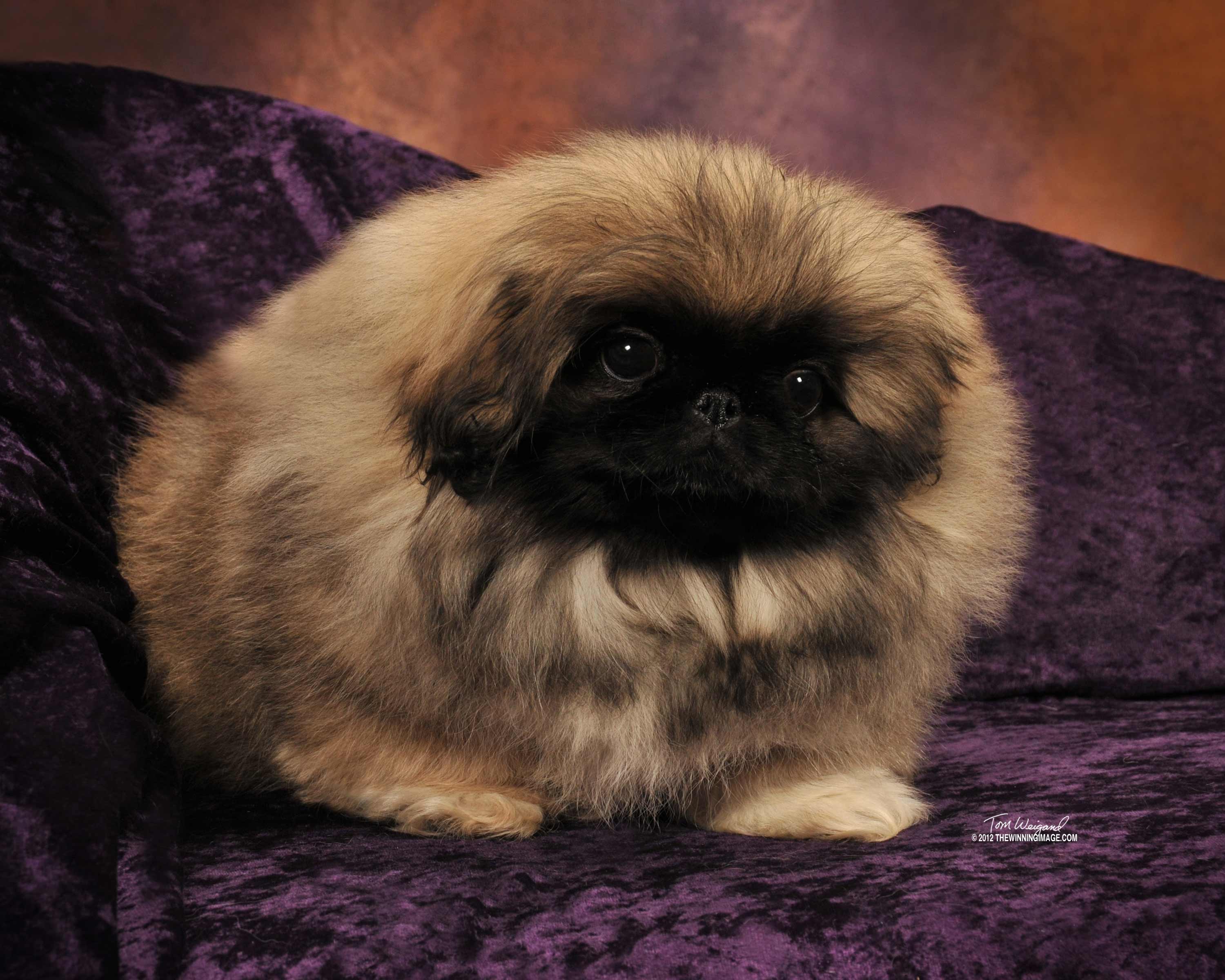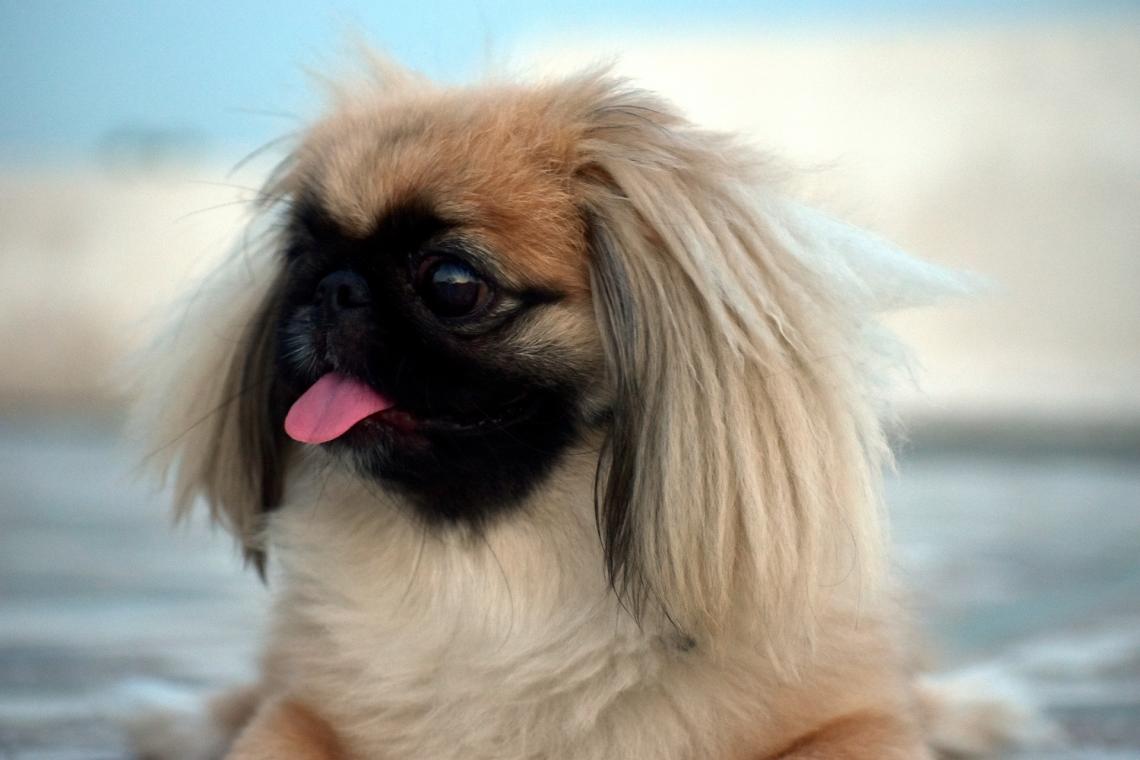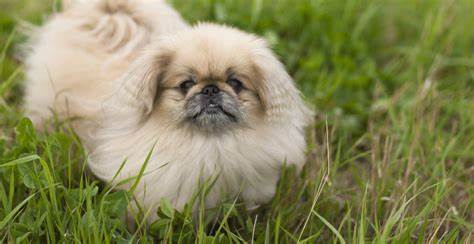
The Pekingese is one of the oldest toy breeds in the world, with origins tracing back over 2,000 years in ancient China. Bred as companion dogs for Chinese royalty, these small dogs were considered sacred, even believed to possess spiritual powers. Legend says they are the result of a lion who fell in love with a marmoset—the dog embodying the courage of the lion and the size of the monkey.
For centuries, Pekingese were kept exclusively by members of the Chinese imperial court. Theft of a royal Pekingese was punishable by death. The breed remained unknown to the West until 1860, when British troops looted the Imperial Palace during the Second Opium War and brought several dogs back to England.
Their dignified nature, lion-like appearance, and rich heritage have earned the Pekingese a lasting place in hearts and homes across the globe.
Though not as common as some other toy breeds, the Pekingese remains a beloved companion for those who appreciate its distinctive appearance, independent attitude, and royal air. Its popularity peaked in the early 20th century, especially among European aristocracy. Today, it continues to have a loyal fanbase among toy breed lovers and dog show enthusiasts.
The Pekingese's unique combination of charm, pride, and devotion makes it stand out in the toy group.
The Pekingese is a compact, heavily coated toy breed with a dignified presence.
Coat:
Long, flowing, straight outer coat with a thick undercoat. The mane-like ruff around the neck adds to the breed’s “lion dog” nickname.
Color:
Comes in a wide range of colors including gold, red, sable, black, white, cream, and more. All colors are acceptable in the show ring.
Size:
• Height: 6–9 inches (15–23 cm)
• Weight: 7–14 pounds (3–6.5 kg), with the ideal show dog weighing up to 14 pounds.
Build:
Compact, stocky, and low to the ground. Despite its small size, the Pekingese is surprisingly sturdy and muscular.
Head and Face:
Large, broad head with a flat face, short muzzle, prominent eyes, and wrinkled features. The expression is intelligent and often a bit aloof.
Tail:
Set high and carried over the back in a graceful curve.
Though small, the Pekingese has a big personality. It is confident, dignified, and independent, often described as having a cat-like temperament.
Loyal and Affectionate:
Devoted to their family, especially a favorite person. They’re loving, but not overly clingy.
Independent and Stubborn:
The Pekingese was bred to be admired, not commanded. It often prefers to do things on its own terms and may ignore commands if not properly motivated.
Protective and Brave:
Despite its size, it’s a courageous watchdog and won’t hesitate to stand its ground.
Reserved with Strangers:
Generally aloof or indifferent with new people. Early socialization helps prevent excessive wariness.
Calm Indoors:
They enjoy lounging in comfort but will have short bursts of playful energy.

Elegant Companion:
Ideal for those who appreciate a calm, quiet housemate with a regal bearing.
Low Activity Needs:
Perfect for less active households, seniors, or apartment dwellers.
Low-Key but Entertaining:
Not hyper or demanding, but full of personality and expression.
Unique Appearance and History:
Few breeds carry such distinctive looks and storied heritage.
Training:
Start early, and be gentle but firm. Use positive reinforcement, and understand that they may not be eager to please. Patience is key.
Exercise Needs:
Moderate. A few short walks and indoor play are usually sufficient. Avoid overexertion, especially in hot weather due to their brachycephalic (flat-faced) anatomy.
Grooming:
High-maintenance. Daily brushing is recommended to prevent mats. Regular cleaning around the face and eyes is needed due to facial wrinkles. Some owners opt for a "puppy cut" to reduce grooming demands.
Living Space:
Adaptable to small spaces but enjoys a soft, cozy place to rest. Not ideal for rough or chaotic households.
Weather Sensitivity:
Very sensitive to heat and humidity. Should be kept indoors during hot weather and monitored closely during walks.
Like many flat-faced breeds, the Pekingese may experience certain health issues:
• Brachycephalic airway syndrome
• Eye injuries or ulcers (due to protruding eyes)
• Intervertebral disc disease (IVDD)
• Patellar luxation
• Dental problems
Regular vet checkups, proper grooming, and a watchful eye for respiratory or eye issues will help maintain health. The average lifespan is 12–15 years.

Compared to Shih Tzu:
The Shih Tzu is typically more sociable and easier to train, while the Pekingese is more independent and reserved.
Compared to Lhasa Apso:
Lhasa Apsos are slightly more active and alert watchdogs. Pekingese are quieter and more laid-back.
Compared to Japanese Chin:
The Chin is more animated and mischievous, whereas the Pekingese carries a more serious, noble demeanor.
Choose a Pekingese if:
• You want a quiet, dignified dog who prefers lounging to running
• You’re okay with daily grooming and don’t mind independent personalities
• You live in a calm home and can provide a comfortable, air-conditioned environment
• You enjoy the charm of an ancient, royal breed with a stubborn streak
Not Ideal For:
• Households with small children or boisterous pets
• Hot climates without proper indoor cooling
• People seeking an eager-to-please dog for training or dog sports
The Pekingese brings together beauty, bravery, and elegance in a small, regal package. Bred to be revered, it doesn’t seek to impress, but effortlessly commands admiration. With the right family, this tiny lion dog offers companionship rooted in history, personality, and timeless charm.